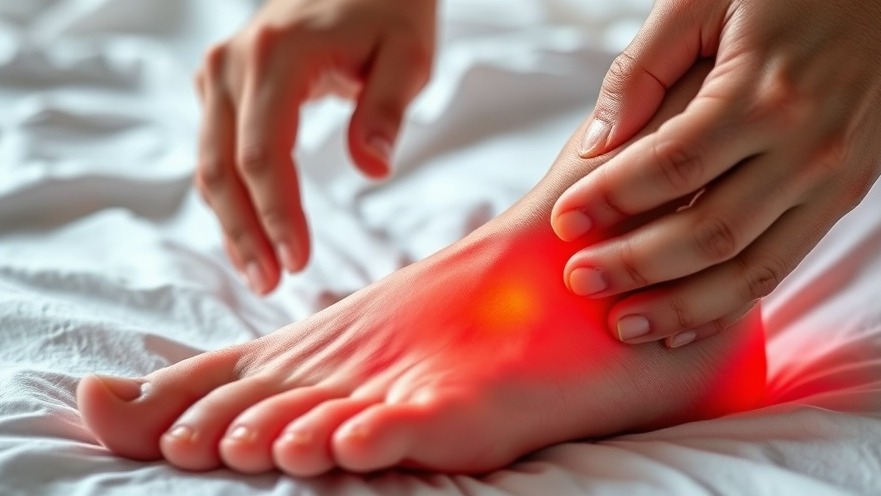
Understanding Pressure Injuries: The Silent Threat
Pressure injuries, often overlooked, can affect individuals of all ages but are especially common in older adults or those with limited mobility. These injuries can arise when blood flow to the skin becomes restricted due to sustained pressure, resulting in damage to the skin and underlying tissue. The National Pressure Injury Advisory Panel highlights that proper awareness and prevention strategies are essential for individuals at risk.
Four Essential Steps to Prevent Pressure Injuries
Preventing pressure injuries is not just a healthcare responsibility but a communal effort. By implementing the following four essential steps, families can ensure that they are proactively reducing the risk of these injuries:
Step 1: Prioritize Nutrition for Healthy Skin
Your skin requires adequate nutrition to maintain its health and resilience against pressure injuries. Foods rich in protein like lean meats, fish, and legumes are crucial for skin integrity. The Academy of Nutrition and Dietetics recommends that adults at risk should consume between 1.2-1.5 grams of protein per kilogram of body weight. Additionally, incorporating Vitamin C sources such as citrus fruits and leafy greens can enhance skin health and aid in healing.
Step 2: Regularly Change Positions
Frequent position changes are vital in preventing pressure injuries, particularly for those who spend extended periods in one position. Establishing a regular schedule for repositioning—such as alternating between your back, left side, and right side—helps improve circulation and reduces pressure on vulnerable areas. For wheelchair users, performing pressure relief exercises every 15-30 minutes can effectively restore blood flow.
Step 3: Select the Right Support Surfaces
Investing in appropriate support surfaces can significantly reduce the risk for those at higher risk of pressure injuries. This includes using specialized foam mattresses designed to distribute pressure evenly and provide better support. Be sure to assess the condition of your current mattress and consider upgrading to a memory foam or pressure relief model.
Step 4: Optimal Skin Care Practices
Maintaining skin health is crucial in preventing pressure injuries, especially in areas prone to excessive pressure such as the heels, hip bones, and shoulders. Regularly inspect these high-risk areas for any signs of redness or irritation and ensure proper hygiene to keep the skin clean and resilient. Use moisturizers as needed to prevent dryness and cracking.
The Importance of Community Health and Wellness
Understanding and preventing pressure injuries not only benefits individuals but also represents a critical aspect of community health and wellness. As public awareness increases, so too does the capacity for communities to support healthy living through initiatives that highlight education and resources. Local health and wellness centers can provide valuable information and tools to aid in prevention and management.
Future Insights into Pressure Injury Prevention
As healthcare evolves, the approach to managing pressure injuries will likely undergo significant advancements. Trends indicate a greater integration of technology and education in home healthcare settings, with innovations such as app reminders for repositioning or nutritional tracking becoming mainstream. Communities are encouraged to engage in conversations about pressure injury prevention, enhancing the overall health landscape.
The Emotional Impact of Pressure Injuries
Beyond the physical implications, the emotional burden of managing pressure injuries can be profound. Families affected by these injuries often experience stress and anxiety, emphasizing the need for compassionate support. It’s essential for caregivers and family members to engage in open conversations about health, fostering a supportive environment that prioritizes well-being.
Take Charge of Your Health: A Call to Action
By understanding the preventable nature of pressure injuries, individuals and families can take charge of their health. Start by implementing these essential steps, focusing on nutrition, position changes, proper surfaces, and skin care. Reach out to local health and wellness resources for further guidance and support. Together, we can create a healthier future.
 Add Element
Add Element  Add Row
Add Row 



Write A Comment